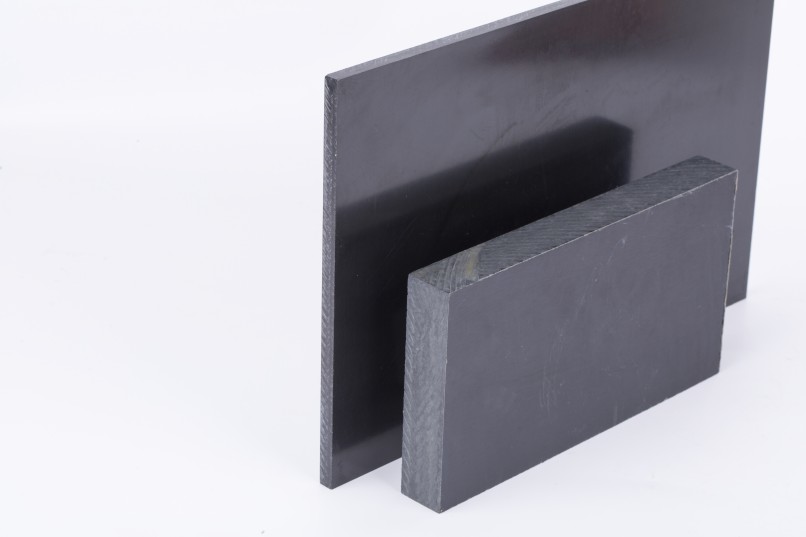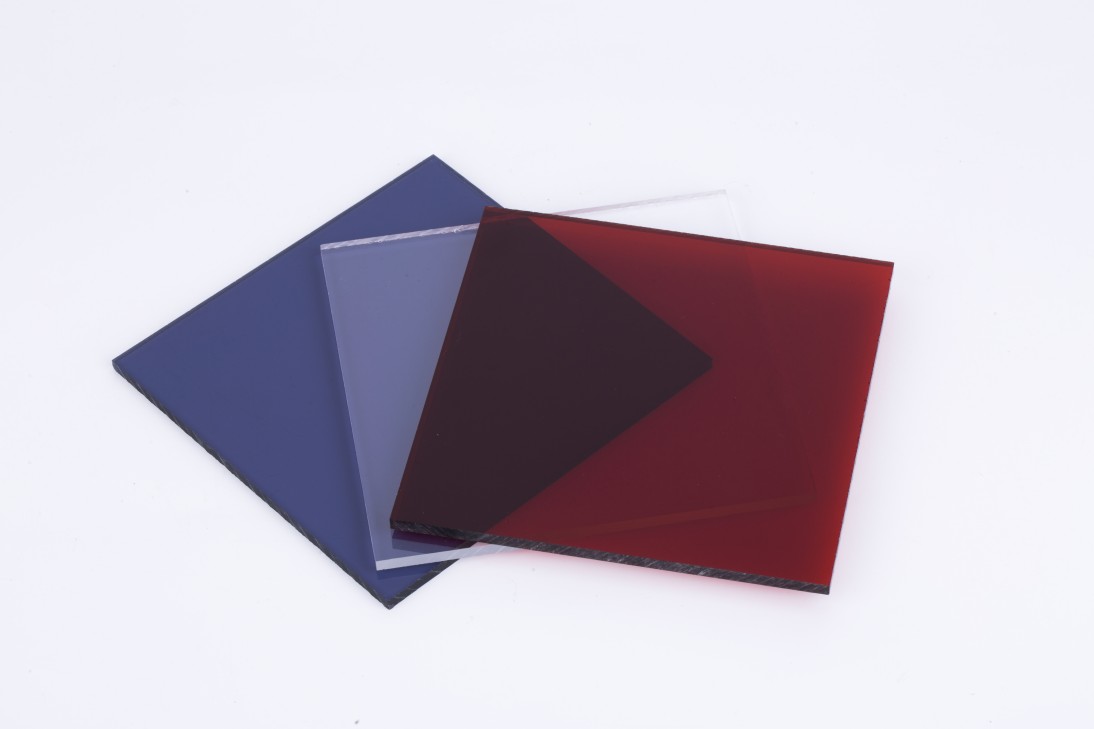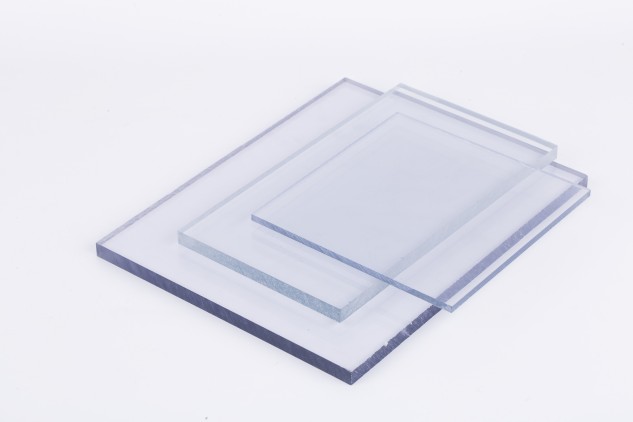Before deciding on an inverter, it's essential to evaluate your power backup needs. Are you looking for basic support during outages—like lighting, fans, or small appliances? If so, a "standard" inverter might seem sufficient at first glance. But what exactly does that mean?
In most cases, the term "normal inverter" refers to a square wave inverter. These devices convert DC power from batteries into AC power with a waveform that looks like a square. While they work for simple loads, they are not ideal for more sensitive electronics. On the other hand, sine wave inverters produce a smoother, more stable output similar to the electricity supplied by the grid. Though more expensive, they offer better performance and compatibility.
Understanding this distinction can help you avoid unnecessary costs and potential damage down the line. Here’s why investing in a sine wave inverter is often a smarter choice:
1. **Efficiency**: High-quality sine wave inverters operate at 90-95% efficiency, while square wave models are far less efficient, typically around 75-85%. Lower efficiency means more energy loss, which translates into higher electricity bills over time.
2. **Waveform Compatibility**: Sine wave inverters mimic the clean, smooth power from the grid, making them safe for all types of appliances. Square wave inverters, however, can cause issues with sensitive electronics like computers, TVs, and audio equipment.
3. **Motor Performance**: Appliances with motors—such as refrigerators, pumps, and fans—use up to 20% more power when connected to a modified or square wave inverter. This not only increases your energy cost but also puts extra strain on the motor, potentially shortening its lifespan.
4. **Device Compatibility**: Many modern devices, especially computers and their UPS systems, are designed to work with sine wave power. Using a square wave inverter may require bypassing stabilizers or UPS units, leading to complications and reduced protection.
5. **Long-Term Reliability**: Inverters with pure sine wave outputs are gentler on inductive loads, reducing overheating and wear on appliances. This helps extend the life of your devices, saving you money in the long run.
6. **Advanced Technology**: Modern inverters, like those using Digital Signal Processor (DSP) technology, offer superior performance, reliability, and efficiency. They ensure consistent power delivery, even during prolonged outages.
7. **Flexibility**: Some inverters are compatible with solar panels, generators, or the grid, offering greater flexibility in power sourcing. This is especially useful in today’s dynamic energy landscape.
8. **Fast Recharge**: For commercial applications like elevators or critical systems, quick recharging after an outage is crucial. Advanced inverters can recharge rapidly, ensuring continuous power availability.
9. **Reduced Noise and Distortion**: Sine wave inverters minimize electrical and audible noise, improving the performance of devices like fans, lights, and audio systems. This leads to a better user experience and fewer malfunctions.
10. **Total Cost of Ownership**: While a sine wave inverter may cost more upfront, its efficiency, durability, and compatibility with modern devices make it a more cost-effective option in the long run. It protects your investments and reduces replacement costs over time.
In conclusion, choosing a pure sine wave inverter isn’t just about immediate savings—it’s about long-term performance, reliability, and protection for your equipment. So, when planning your next power backup solution, consider the full picture before settling for a “normal†inverter.
ESD Antistatic Materials
ESD material:
Anti-static materials are generally referred to as any material which inhibits triboelectric charging. This kind of charging is the buildup of an electric charge by the rubbing or contact with another material.

HONY Plastic the anti-static materials
1. Anti-static plexiglass board (anti-static acrylic board);
2. Anti-static PVC board (anti-static PVC board);
3. Anti-static PC board (anti-static polycarbonate board);
4. Anti-static PET board (polyethylene terephthalate);
5. Anti-static nylon board (MC501CDR6)
6. Anti-static PEEK board
7. Anti-static POM board
8. Anti-static PA board
9. Anti-static ABS board

Basic characteristics of anti-static materials
1. The surface resistance is from the 6th power of 10 to the 8th power of 10Ω, with excellent anti-static function.
2. Excellent surface hardness and resistance to chemical solvent erosion.
3. The anti-static function is not easily affected by humidity and temperature.
4. Beautiful appearance, very flat and smooth, and high light transmittance.
5. High mechanical strength and excellent processing performance.

Esd Antistatic Pom,Esd Antistatic Bakelite,Esd Antistatic Pa6,Esd Antistatic Epoxy Fiber Glass
Hony Engineering Plastics Limited , https://www.honyplastic.com


